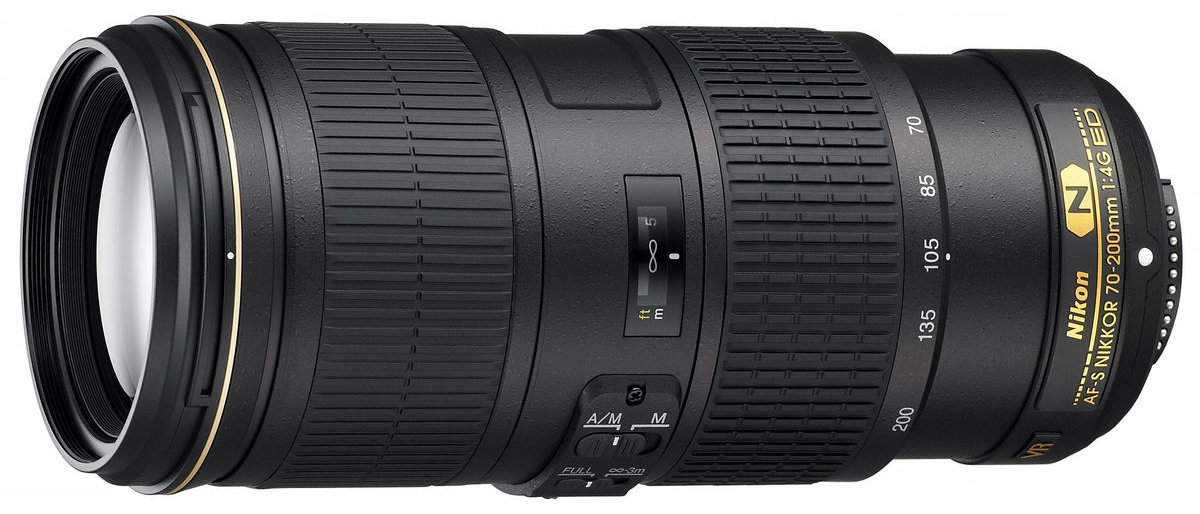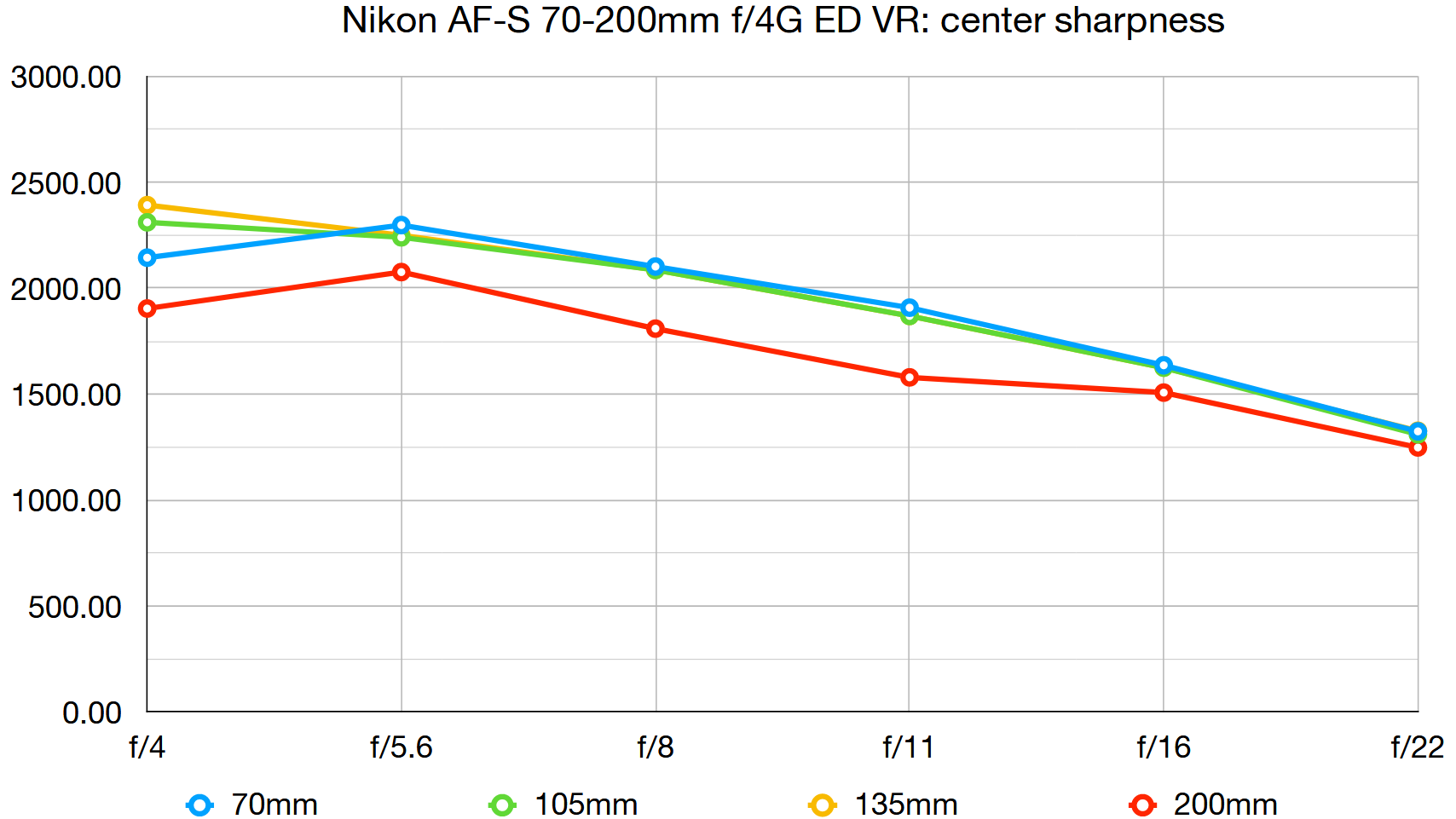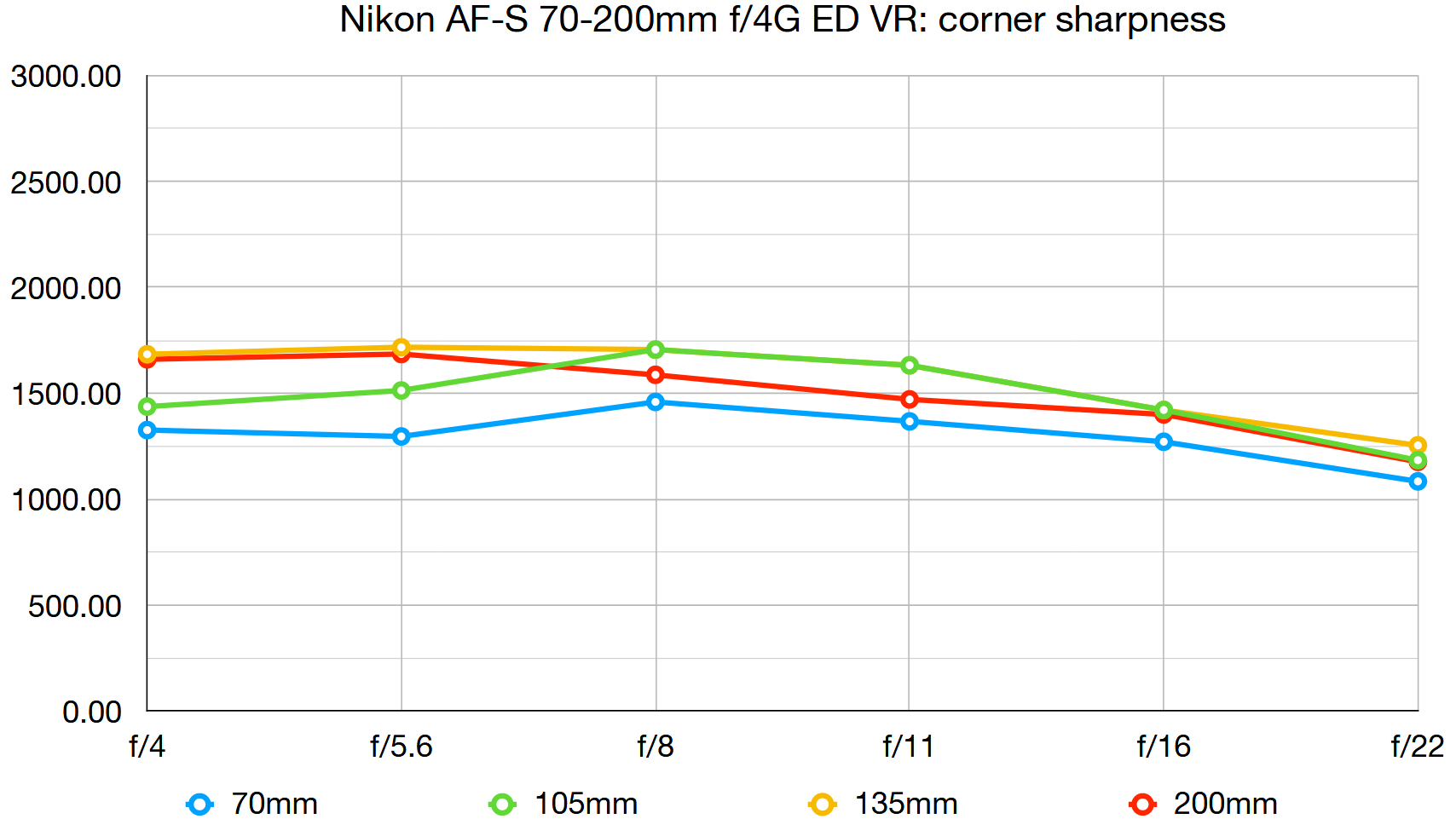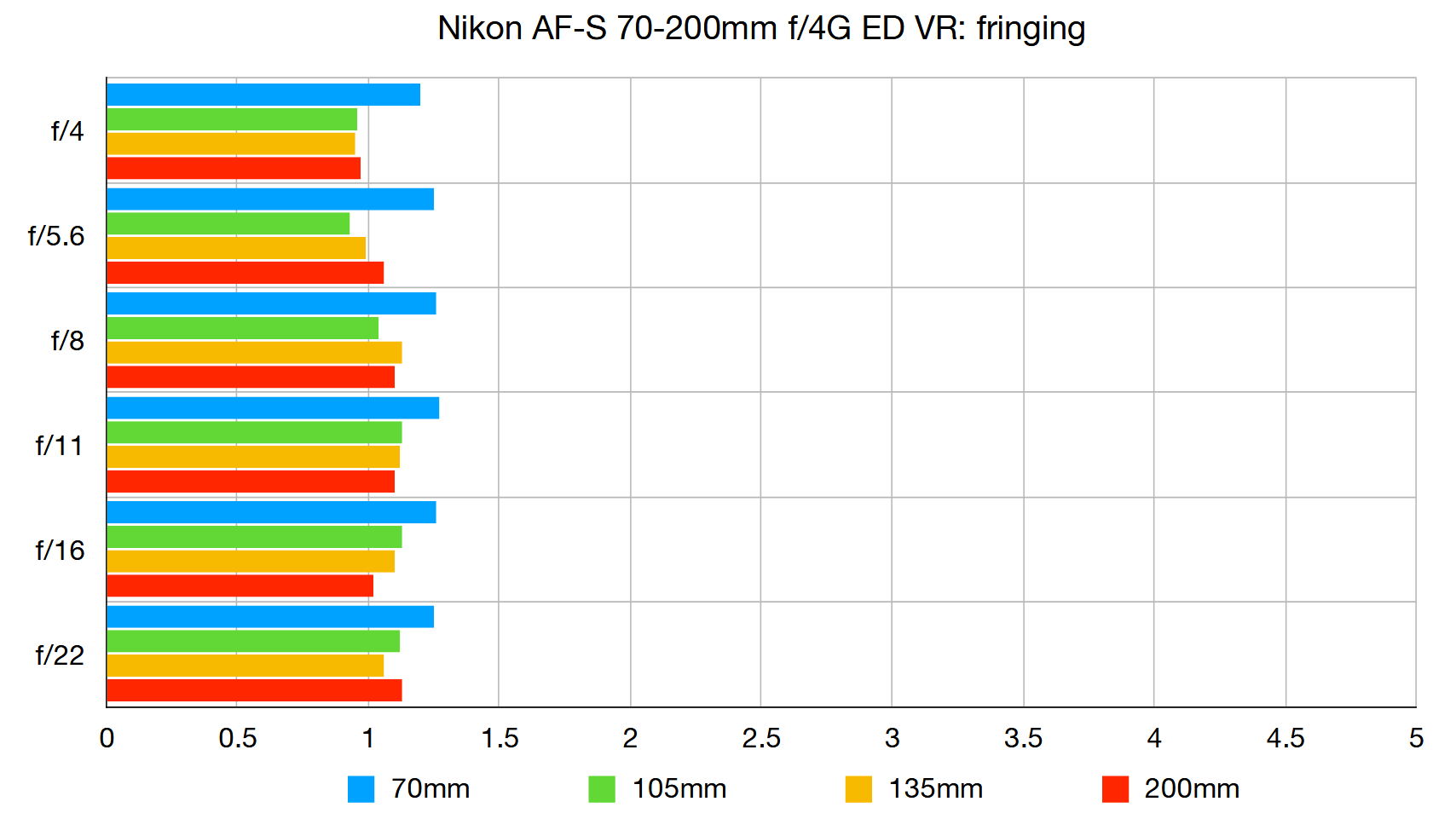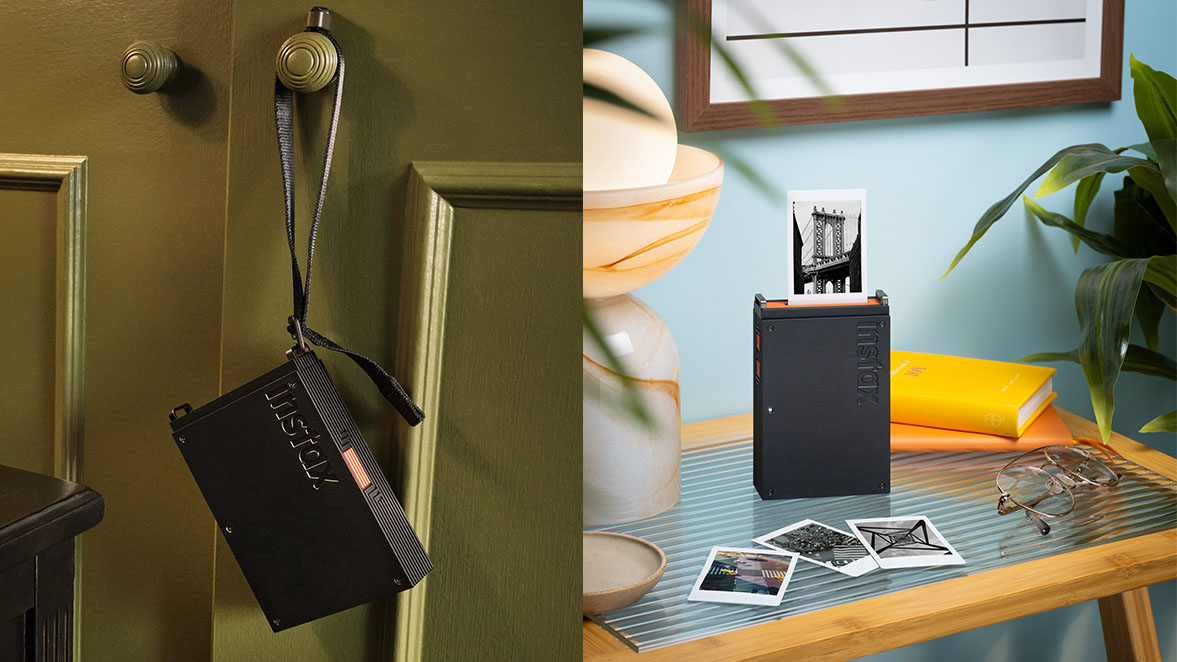Digital Camera World Verdict
70-200mm f/2.8 zooms are all the rage but they tend to be big and bulky affairs. Naturally, this Nikon lens is an f/stop slower but is much more slimline and lightweight, weighing in at 850g. It has solid build quality, high-tech features and delivers excellent image quality and all-round performance. It’s a smart choice if you don’t need the extra f/stop of a ‘trinity’ telephoto zoom but it’s not great value, costing around the same as Sigma and Tamron 70-200mm f/2.8 lenses.
Pros
- +
Relatively slim and lightweight
- +
Excellent performance
- +
4-stop optical stabilization
Cons
- -
Lacks that f/2.8 aperture
- -
As pricey as some 70-200mm f/2.8 zooms
Why you can trust Digital Camera World
If you’re willing to sacrifice that f/2.8 aperture that many photographers place high on their ‘must-have’ list, the Nikon AF-S 70-200mm f/4G ED VR has a lot to offer. It’s shorter and slimmer than most 70-200mm f/2.8 zooms and only about half the weight. And it packs plenty of high-end features along with sophisticated handling.
Read more: the best 70-200mm lenses
Specifications
Lens construction: 20 elements in 14 groups
Full-frame: Yes
Autofocus: Yes
Image stabilisation: Yes
Angle of view: 34.3-12.3 degrees
Diaphragm blades: 9
Minimum aperture: f/32
Minimum focusing distance: 1.0m
Maximum magnification ratio: 0.274x
Filter size: 67mm
Dimensions: 78x179mm
Weight: 850g
Key features
Measuring 78x179mm and weighing 850g, this is a travel-friendly lens that’s easy to stow and carry, and is comfortable for prolonged periods of handheld shooting. It’s also light enough to not require a tripod mounting ring for shooting with a tripod or monopod, although Nikon offers one as an optional extra. The lens is also compatible with Nikon’s 1.4x, 1.7x and 2.0x teleconverters although, with the last of these, the widest available aperture narrows to f/8.
Autofocus is rapid and whisper-quiet, based on a ring-type ultrasonic system that comes complete with the usual focus distance scale and manual override. Indeed, switchable modes give priority to autofocus or manual override, as well as fully manual focusing. There’s also an autofocus range limiter switch. The minimum focus distance is pretty short at 1m, enabling a maximum magnification ratio of 0.274x.
4-stop VR (Vibration Reduction) comes with switchable Normal and Active modes, the former featuring automatic panning detection. The Active mode is designed to cope with shooting from a more unstable platform, but the lens lacks Nikon’s newer Sport VR mode.
The optical line-up includes three ED (Extra-low Dispersion) elements plus an HRI (High Refractive Index) element, aiming to boost sharpness and contrast while reducing chromatic aberrations. Nikon’s renowned Nano Crystal Coat is also applied to keep ghosting and flare to a minimum.
Performance
Levels of sharpness are highly impressive, even when shooting wide-open at f/4, throughout the entire zoom range. The autofocus system is fast and unerringly accurate, and stabilization lives up to its 4-stop claims. All in all, the lens is a great performer but it has to be said that, while bokeh is very attractive, it can’t deliver such a tight depth of field as a 70-200mm f/2.8 lens.
Lab results
We run a range of lab tests under controlled conditions, using the Imatest Master testing suite. Photos of test charts are taken across the range of apertures and zooms (where available), then analyzed for sharpness, distortion and chromatic aberrations.
We use Imatest SFR (spatial frequency response) charts and analysis software to plot lens resolution at the center of the image frame, corners and mid-point distances, across the range of aperture settings and, with zoom lenses, at four different focal lengths. The tests also measure distortion and color fringing (chromatic aberration).
Sharpness:
Excellent sharpness is maintained throughout the zoom and aperture ranges.
Fringing:
The best camera deals, reviews, product advice, and unmissable photography news, direct to your inbox!
As with sharpness, impressive control over fringing remains constant throughout the zoom range.
Distortion:

As you extend through the zoom range, there’s more of a swing from barrel to pincushion than usual for a 70-200mm zoom but it remains uniform in nature and is easy to correct.
Verdict
70-200mm f/2.8 zooms are all the rage but they tend to be big and bulky affairs. Naturally, this Nikon lens is an f/stop slower but is much more slimline and lightweight, weighing in at 850g. It has solid build quality, high-tech features and delivers excellent image quality and all-round performance. It’s a smart choice if you don’t need the extra f/stop of a ‘trinity’ telephoto zoom but it’s not great value, costing around the same as Sigma and Tamron 70-200mm f/2.8 lenses.
Read more:
• Best camera lenses to get
• Best Canon lenses
• Best Nikon lenses
• Best Sony lenses
Matthew Richards is a photographer and journalist who has spent years using and reviewing all manner of photo gear. He is Digital Camera World's principal lens reviewer – and has tested more primes and zooms than most people have had hot dinners!
His expertise with equipment doesn’t end there, though. He is also an encyclopedia when it comes to all manner of cameras, camera holsters and bags, flashguns, tripods and heads, printers, papers and inks, and just about anything imaging-related.
In an earlier life he was a broadcast engineer at the BBC, as well as a former editor of PC Guide.
